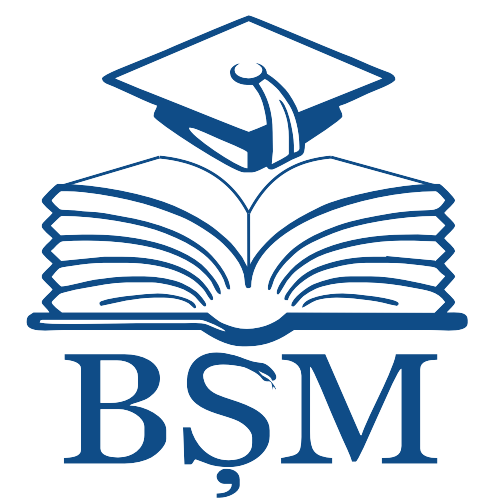| DC Field | Value | Language |
|---|
| dc.contributor.author | Colac, Svetlana | - |
| dc.contributor.author | Sîtnic, Victor | - |
| dc.contributor.author | Burduniuc, Olga | - |
| dc.date.accessioned | 2025-08-01T07:30:25Z | - |
| dc.date.available | 2025-08-01T07:30:25Z | - |
| dc.date.issued | 2025 | - |
| dc.identifier.citation | COLAC, Svetlana; Victor SÎTNIC and Olga BURDUNIUC. Genomic monitoring of SARS-CoV-2 variants in the Republic of Moldova. Arta Medica. 2025, nr. 1(94), pp. 11-16. ISSN 1810-1852. DOI: DOI: 10.5281/zenodo.15879875 | en_US |
| dc.identifier.issn | 1810-1852 | - |
| dc.identifier.uri | https://artamedica.md/index.php/artamedica/issue/view/31/32 | - |
| dc.identifier.uri | DOI: 10.5281/zenodo.15879875 | - |
| dc.identifier.uri | https://repository.usmf.md/handle/20.500.12710/30984 | - |
| dc.description.abstract | Summary.
Objectives. The sequencing of the SARS-CoV-2 genome is essential in the process of monitoring the evolution, spread and public health impact of this virus.
Since the emergence of the Omicron variant in November 2021, a number of Omicron-derived lineages (such as BA.2, BA.4/BA.5, XBB, JN.1) have continued
to evolve and replace previous variants.
The aim of this paper is to analyze the clades, recombinant variants and genovariant lines of SARS-CoV-2 «Omicron» that emerged in 2024 as potential main
agents of new increases in COVID-19 morbidity in the Republic of Moldova.
Methods. In the present study, Illumina technology and the MiSeq tool were used for the two-release sequencing of 71 clinical samples of SARS-CoV-2
virus, identifying the variants circulating in the Republic of Moldova between December 2023 and August 2024.
Results. The presence of 10 clades and 18 genetic lines was established. The predominant genetic lineage in the first half of 2024 was JN.1, while JN.1.11.1
and KP.2 dominated from June to August 2024. The ACE2 affinity score and nucleotide diversity of the investigated viral genomes were also determined.
Conclusions. The identified predominant variants were found to be in accordance with the data reported by the World Health Organization and research
in the field. | en_US |
| dc.language.iso | en | en_US |
| dc.publisher | Asociaţia chirurgilor “Nicolae Anestiadi” din Republica Moldova | en_US |
| dc.relation.ispartof | Arta Medica | en_US |
| dc.subject | sequencing | en_US |
| dc.subject | SARS-CoV-2 | en_US |
| dc.subject | COVID-19 | en_US |
| dc.subject | Illumina | en_US |
| dc.subject | NGS | en_US |
| dc.subject | genome | en_US |
| dc.subject.ddc | UDC: 578.834.1:578.5(478) | en_US |
| dc.title | Genomic monitoring of SARS-CoV-2 variants in the Republic of Moldova | en_US |
| dc.type | Article | en_US |
| Appears in Collections: | Arta Medica Nr. 1(94) 2025
|


